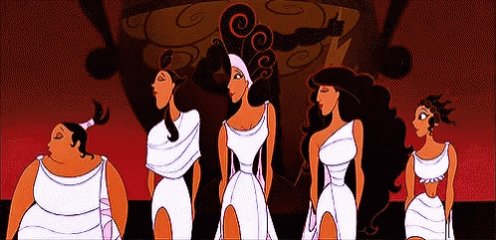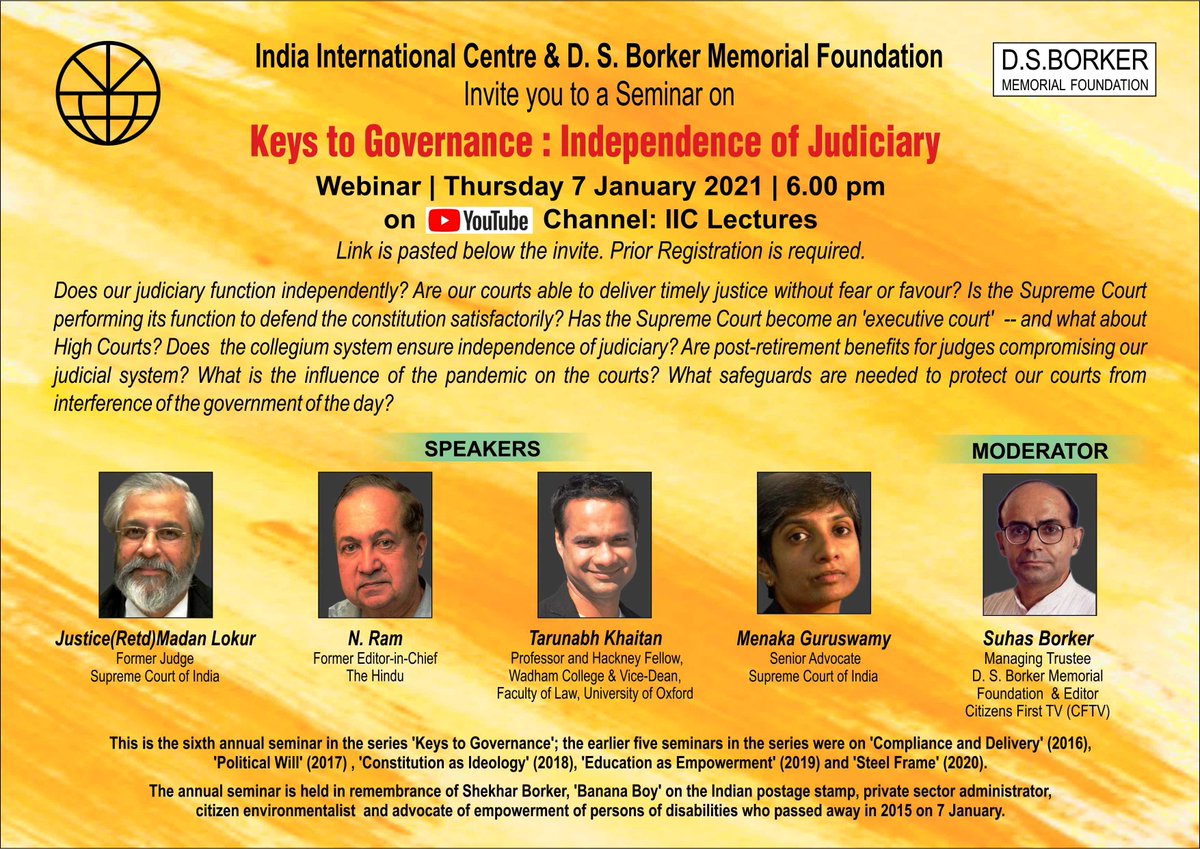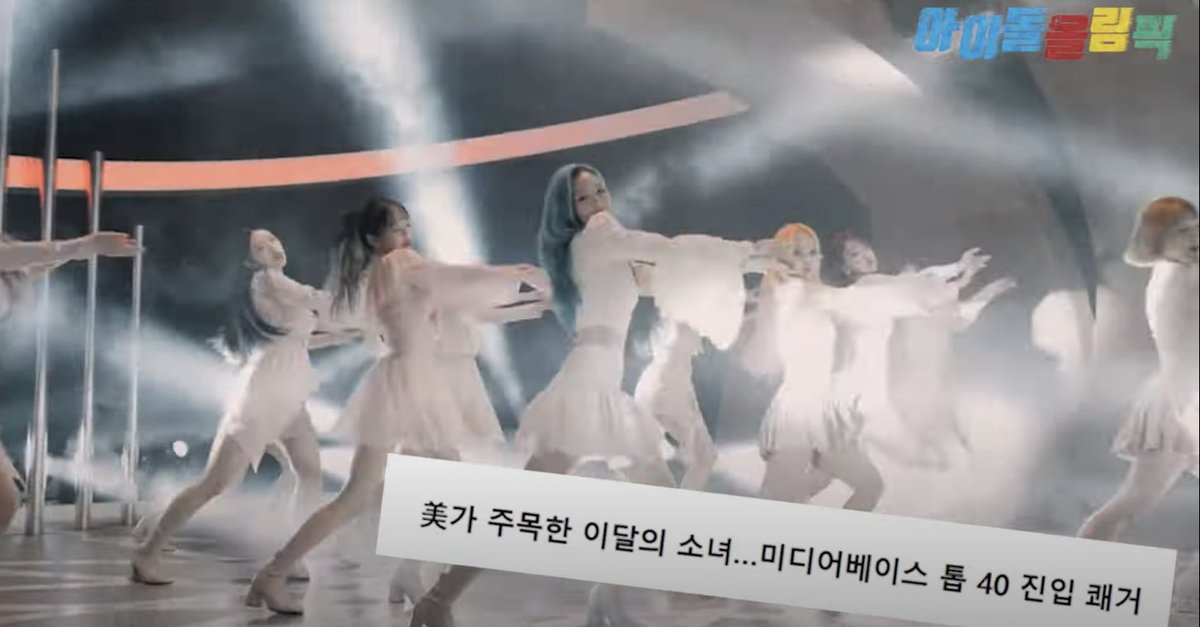Categories Culture
7 days
30 days
All time
Recent
Popular
We all know about how "Advance Australia Fair" was first performed in the middle of a outbreak of race riots, right?
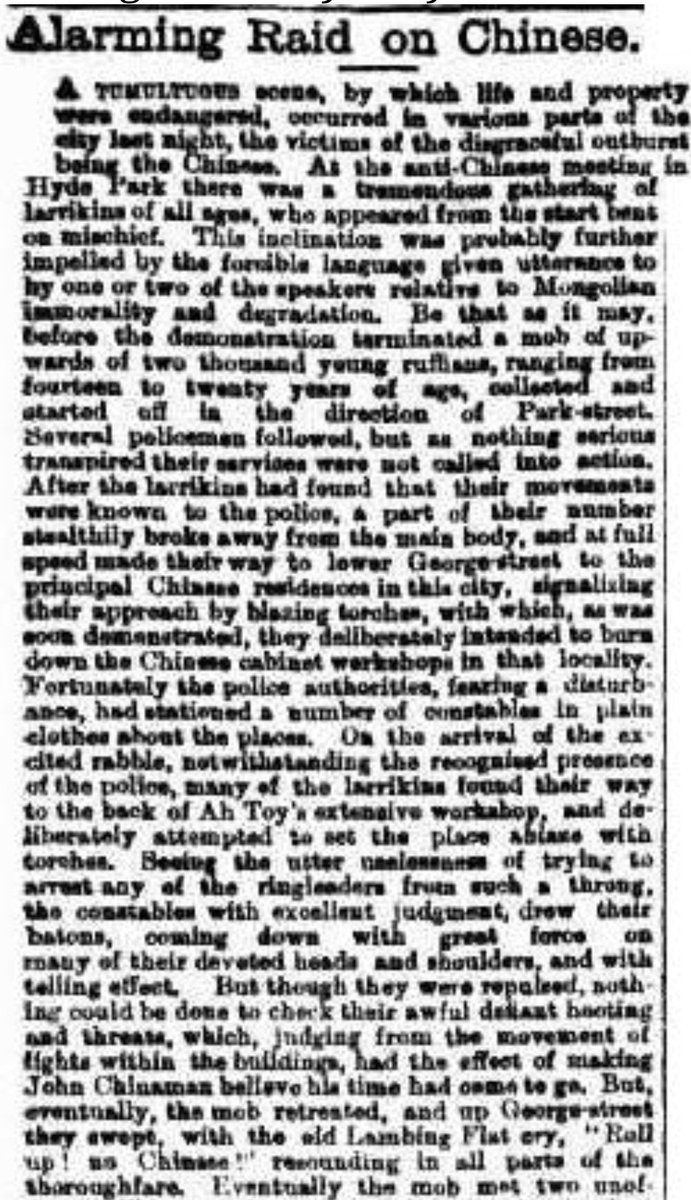
As @LukeLPearson points out here, the cosmetic change of one word is pretty pathetic.
But we've genuinely forgotten the context in which the song was written: an outbreak of anti-Chinese violence in 1870s Sydney, which ultimately led to
Here's the Sydney Morning Herald's account of its first performance on St. Andrews Day, 30 November 1878:
https://t.co/6DunDKIbvB

On the adjoining column is an account of an incident the same week when two well-dressed men in black coats and white shirt-fronts brutally attacked a Chinese man in Essex Street in the Rocks with a hammer:
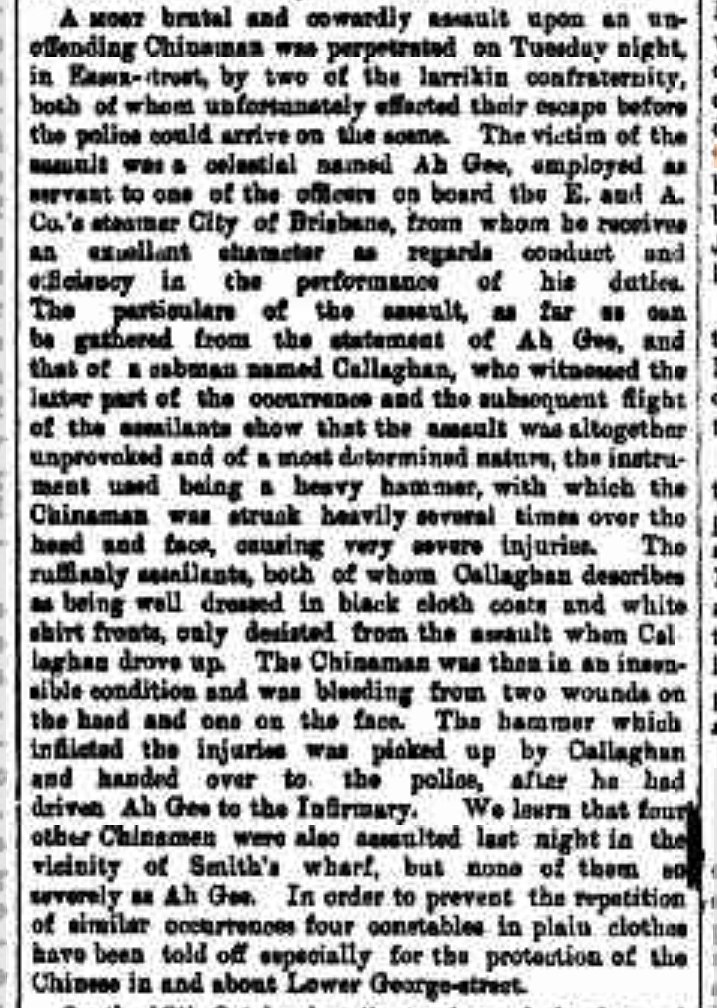
This wasn't an isolated incident. In fact, racist anti-Chinese agitation in November 1878 in Sydney was a crucial turning point in Australia's Federation as a unified country.

As @LukeLPearson points out here, the cosmetic change of one word is pretty pathetic.
But we've genuinely forgotten the context in which the song was written: an outbreak of anti-Chinese violence in 1870s Sydney, which ultimately led to
I wrote something (ostensibly) about the change to Australia's national anthem, swapping 'young' for 'one'.
— IndigenousX Team - Luke (@IndigenousX) December 31, 2020
We are One Nation?https://t.co/DynoAlXVxQ
Here's the Sydney Morning Herald's account of its first performance on St. Andrews Day, 30 November 1878:
https://t.co/6DunDKIbvB

On the adjoining column is an account of an incident the same week when two well-dressed men in black coats and white shirt-fronts brutally attacked a Chinese man in Essex Street in the Rocks with a hammer:

This wasn't an isolated incident. In fact, racist anti-Chinese agitation in November 1878 in Sydney was a crucial turning point in Australia's Federation as a unified country.
1. I don’t think I’m exaggerating when I say that if you want to understand the big political stories from January—from faith-infused insurrection to Warnock’s victory to Biden’s inauguration—you really need to understand two things: Christian nationalism and the Religious Left.
2. As for the Religious Left: less has been written on this topic than Christian nationalism, for various reasons.
We’ll come back to this, but Warnock’s victory is part of a modern resurgence of the RL, which (and I’m biased here) I chronicle in my book:
3. I talk about Christian nationalism in my book, but basically: it’s an old tradition, but it’s modern iteration is particularly intense, and particularly centered on Trump.
Here’s an intro, but much smarter people have written way better stuff about it:
4. Much more exhaustive works chronicling the movement’s sociological impact/cultural history/political machinations include this: https://t.co/t7OPhsDy2q
This: https://t.co/6SaOk9Q2S3
This: https://t.co/Zq4UROnxr2
This: https://t.co/jUqNd5cryL
& This:
5. There’s MUCH more, and @sarahposner’s article from today gives insight into why this movement—which has been building for years—was so well represented at the insurrection.
Put another way: they’re a big part of why Trump got elected in the first place
2. As for the Religious Left: less has been written on this topic than Christian nationalism, for various reasons.
We’ll come back to this, but Warnock’s victory is part of a modern resurgence of the RL, which (and I’m biased here) I chronicle in my book:
3. I talk about Christian nationalism in my book, but basically: it’s an old tradition, but it’s modern iteration is particularly intense, and particularly centered on Trump.
Here’s an intro, but much smarter people have written way better stuff about it:
4. Much more exhaustive works chronicling the movement’s sociological impact/cultural history/political machinations include this: https://t.co/t7OPhsDy2q
This: https://t.co/6SaOk9Q2S3
This: https://t.co/Zq4UROnxr2
This: https://t.co/jUqNd5cryL
& This:
5. There’s MUCH more, and @sarahposner’s article from today gives insight into why this movement—which has been building for years—was so well represented at the insurrection.
Put another way: they’re a big part of why Trump got elected in the first place
I actually tested this out. I watched her AMU lecture today. When discussing Jonaraja and Zain ul Abidin, she randomly brought in the controversy of Jack and the "Smash Brahmanical Patriarchy" posters by the anti-Hindu org "Equality Labs."
She said that "smashing Brahminical patriarchy" is an important human rights concern, but Jonaraja, if he lived today, probably wouldn't like to address it, just like most modern Brahmins. 🙄
I was going to ask her several questions regarding errors/omissions in her Aurangzeb book, but the lecture didn't focus on Aurangzeb. She seems to have shifted her focus to whitewashing the Madurai Sultanate (she spent a good amount of time discussing Gangadevi's Madhuravijayam).
The topic of the lecture was vaguely about Sanskrit literature, so I'd thought I'd test her knowledge of Sanskrit. Her "honed linguistic skills," as she terms them. It turns out she's clearly not the Sanskrit expert she claims to be.
I asked her a quick question to see if she was familiar with the rule "समवप्रविभ्यः स्थः." It's not an exceptionally difficult rule to understand. When preceded by the upasargas सम्, अव, प्र, & वि, the root ष्ठा takes ātmanepada and not parasmaipada endings.
And you don't even know Sanskrit and I highly doubt if you even know Persian.
— Karna | \u0995\u09b0\u09cd\u09a3 \u5350 (@TheGenerousHero) January 13, 2021
Everyone who confronts you with solid facts, you just blocks them to save your face.
Bluffer! https://t.co/70NmAbEZVD
She said that "smashing Brahminical patriarchy" is an important human rights concern, but Jonaraja, if he lived today, probably wouldn't like to address it, just like most modern Brahmins. 🙄
I was going to ask her several questions regarding errors/omissions in her Aurangzeb book, but the lecture didn't focus on Aurangzeb. She seems to have shifted her focus to whitewashing the Madurai Sultanate (she spent a good amount of time discussing Gangadevi's Madhuravijayam).
The topic of the lecture was vaguely about Sanskrit literature, so I'd thought I'd test her knowledge of Sanskrit. Her "honed linguistic skills," as she terms them. It turns out she's clearly not the Sanskrit expert she claims to be.
I asked her a quick question to see if she was familiar with the rule "समवप्रविभ्यः स्थः." It's not an exceptionally difficult rule to understand. When preceded by the upasargas सम्, अव, प्र, & वि, the root ष्ठा takes ātmanepada and not parasmaipada endings.


















